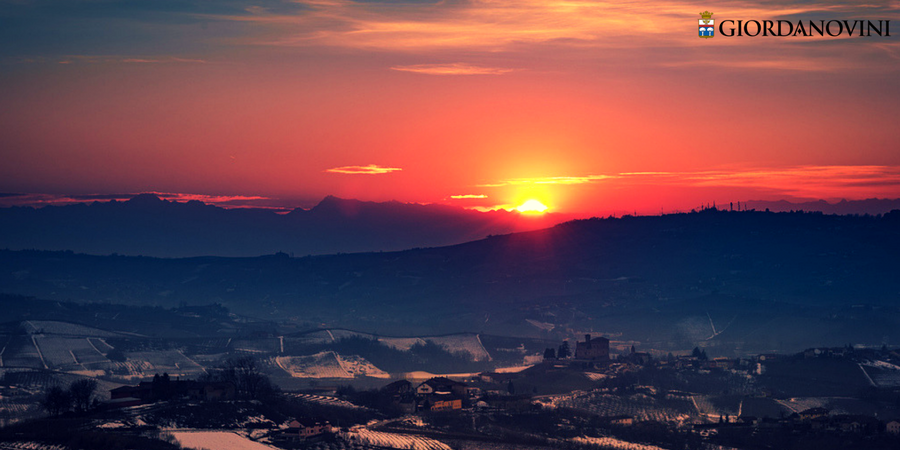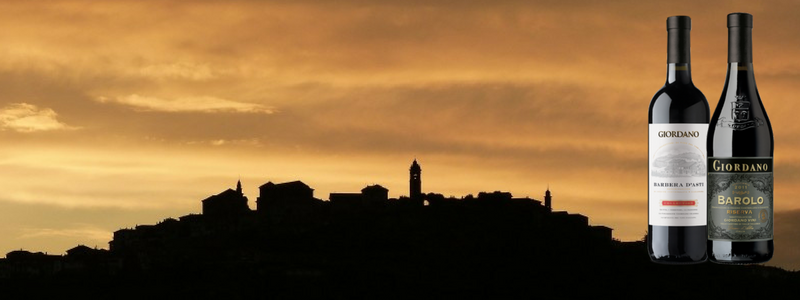Piedmont is not only our home, it is also a series of places to discover: a region deeply tied to wine due to the many designations it produces and to the century old wine-making tradition. It is also a land that loves good food, is more jovial than one would think and has a huge historical background. Discover some of its curiosities!
Less known facts and curiosities about Piedmont
1 – One traditional cuisine, many traditional cuisines
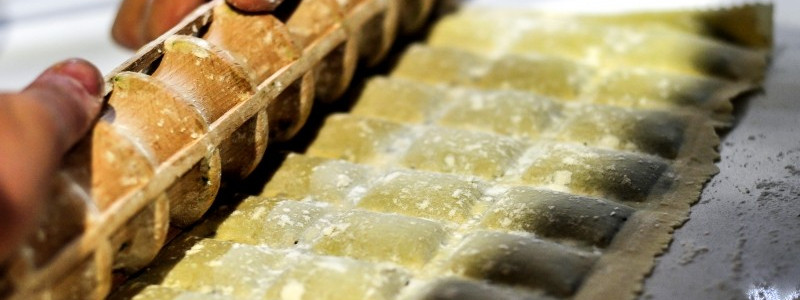
The regional cuisine in Piedmont is surprising for its variety and richness: it ranges from the mountain cuisine, like the fondue or the toma fondue, to the agnolotti, a variation of the classical ravioli from Liguria. One of the key ingredients of the traditional Piedmont cuisine effectively comes from Liguria: anchovies. The ancient profession of anchovy sellers was very common in the valleys of the mountains between Piedmont and Liguria. During the winter months when farmers had to abandon the land, they would leave home and head to the sea to buy anchovies in salt; they would then sell them in town, and these precious ingredients slowly became part of the typical cuisine. Bagna cauda, roasted peppers with garlic and anchovies, and a thousand other preparations delight food lovers that sit at the table for a typical Piedmont lunch. The Fritto Misto, raw meat, the Brasato al Barolo, snails in Barbera… and a thousand other dishes to discover!
2 – The charm of Usseaux
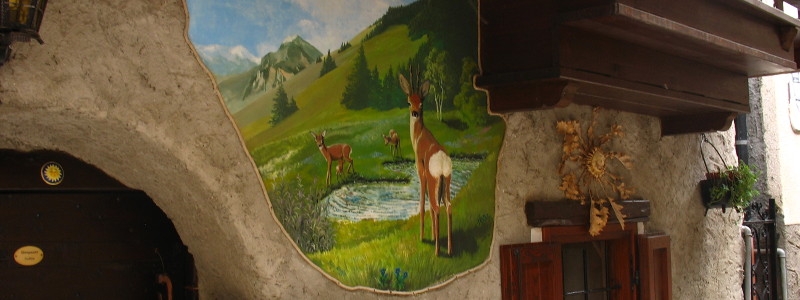
Would you like to discover a town that looks just like a painting? Go to Usseax: the small village in the province of Turin, a few minutes from Fenestrelle, offers an evocative and unusual sight. There are an infinity of mural paintings on the stone walls of the houses of the village. What do they depict? Scenes from daily mountain life, ancient crafts and animals that peep out from round the corners of the streets. A truly picturesque town, ideal destination for an outing to discover the less known beauties of Italy.
3 – The Palio? The most ancient one in Italy is in Asti
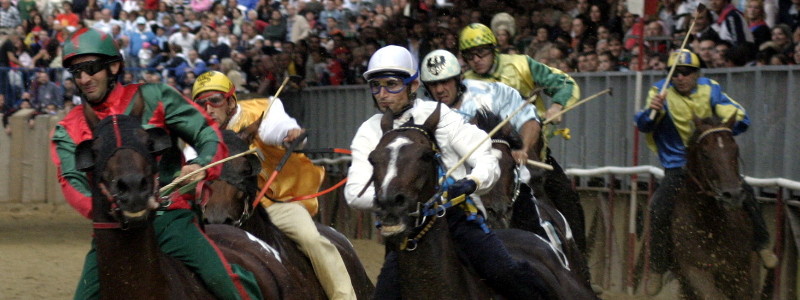
The most ancient Palio is held every third Sunday of September in Asti. There is no absolute certainty on when the first edition was held, but in 1275 the chronicler Giovanni Ventura spoke of the race as a consolidated and century old tradition. Therefore, an almost thousand year old event! The Palio is not the only event that livens September in Asti, there are also the Festival delle Sagre, the Douja D’Or and many other initiatives that transform the city into an open air festival.
4 – Piedmont, a region for many wines
Barbera and Barolo are maybe the most representative wines. Of course, they are not the only ones: Nebbiolo, Grignolino, Arneis, Cortese, Barbaresco… in other words, a priceless richness distributed along the rows of vines that decorate the hilly skyline of a land in love with the nectar of Bacchus. If the word Barolo is sufficient to warm the heart of every wine lover, Barbera often is underestimated or less considered. But you only have to sip a glass of Barbera to understand its worth: a piece of history of Italian wine, a quality that fears no comparison. It was so well known and appreciated that even poems where dedicated to it: Sandro Petiti from Piedmont wrote a poem on Barbera that said: “If the great champions of the world got together around a table, there would be nothing better against war than a big “bagna cauda” with pints of good Barbera (con dle pinte ‘d bon Barbera c’a distend i nerv ‘d a front) that sooths the nerves of the forehead. These are the only two things that can fix peace, love and accounts”. Not bad for a popular red wine like Barbera!
5 – Bogianen, a nickname to be proud of
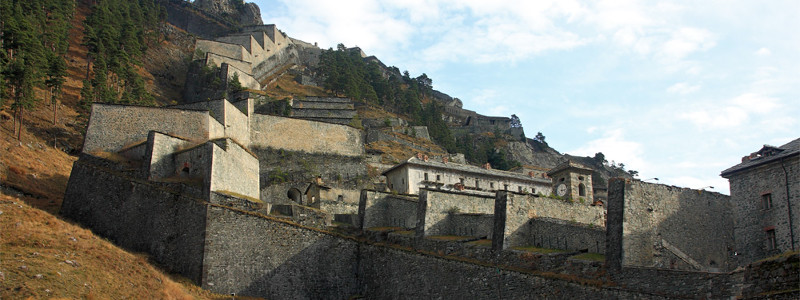
It is generally used to identify a characteristic of the people of Piedmont, their excessive caution and their difficulty in facing changes. But do you know how this nickname came about? When you find out you will change idea completely!
In the Piedmont dialect it means (literally) “don’t move”, and it seems that the first to use it were soldiers during the Austrian secession war. France, enemy to Savoy and to their allies, wanted to conquer Genoa. The first assault from the French Riviera was a defeat so the French decided to attack from the north, passing through the valleys and hills of Piedmont. When the French army identified the weak spot in their adversary’s reign (the colle dell’Assietta), they moved to attack. The battle began on the 19th July 1747. It was immediately clear that the forces on the field were unequal because the French army was so much bigger and overpowering. So Count Bricherasio, general of the Piedmont army allocated near the Assietta, gave the order to retreat and find shelter on the Grand Serin, to count their losses. The troups, led by Count San Sebastiano, refused to retreat and stayed on the Assietta. It is said that Count San Sebastiano told the general that neither he nor his men would have left the hill (“Nojàutri bogioma nen”, we are not moving). The battle went on furiously all through the night and against all odds the Piedmont army won.
The event echoed through all of Europe, so much so that the King of Prussia (who was at war with the Kingdom of Sardinia) said: “If we had such a valorous army, we would conquer the whole of Europe”. Not bad for a nickname, don’t you think?
Photo credit: robertofaccenda.it via Visualhunt / CC BY-SA
 Free Delivery from 69£
Free Delivery from 69£
